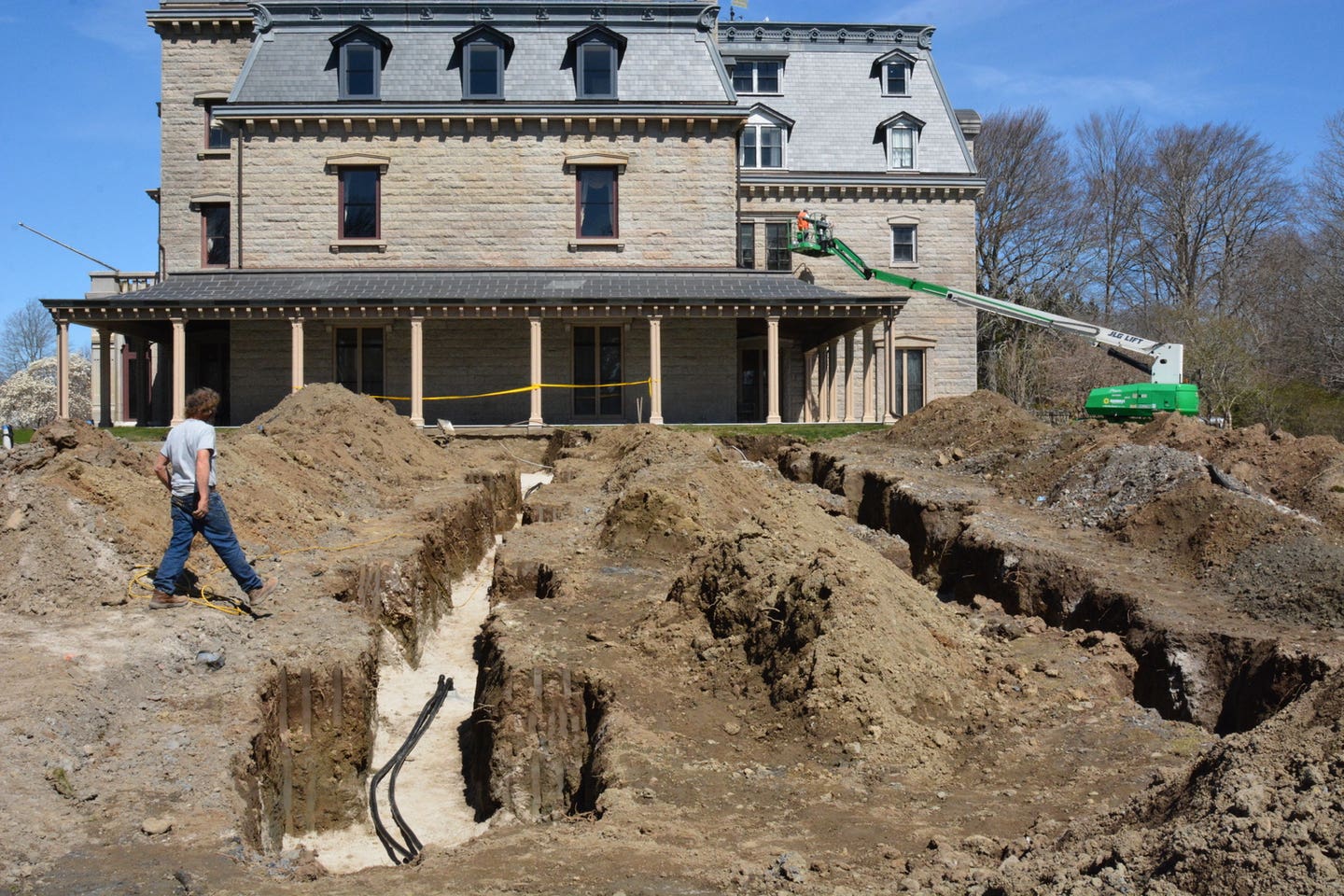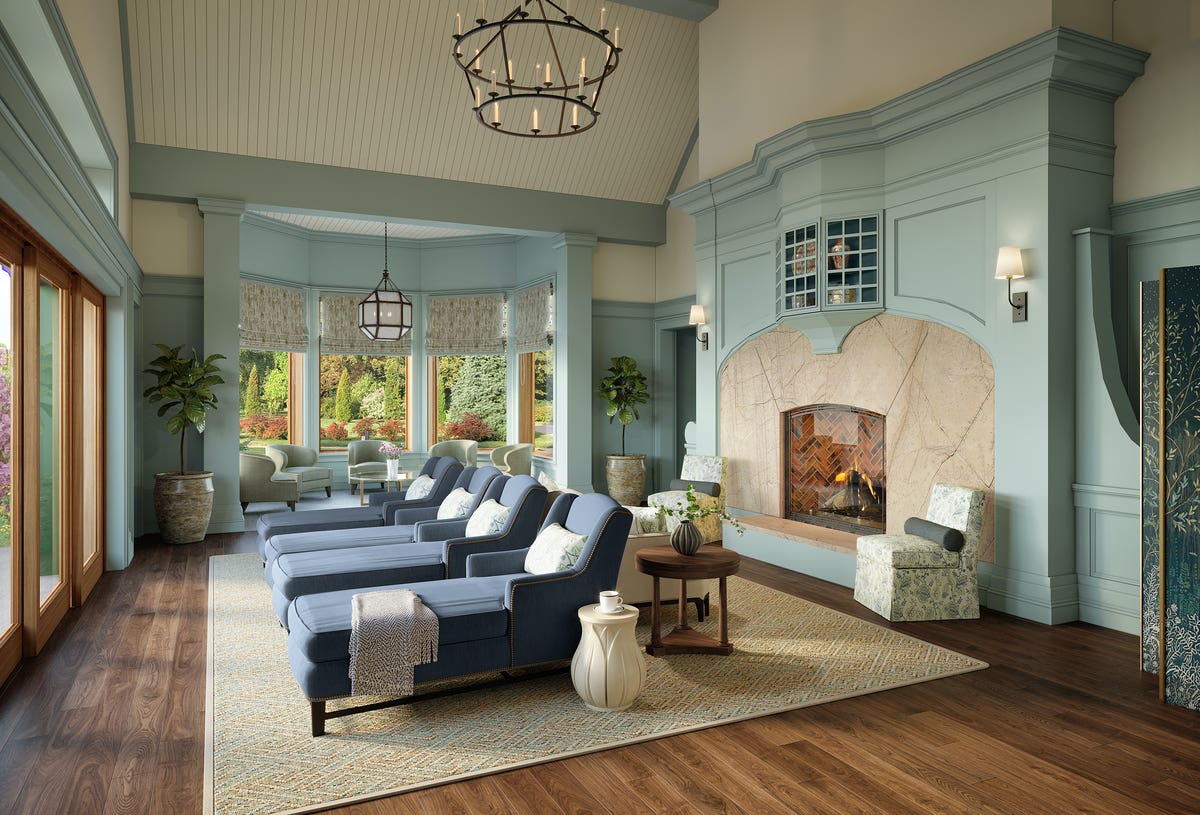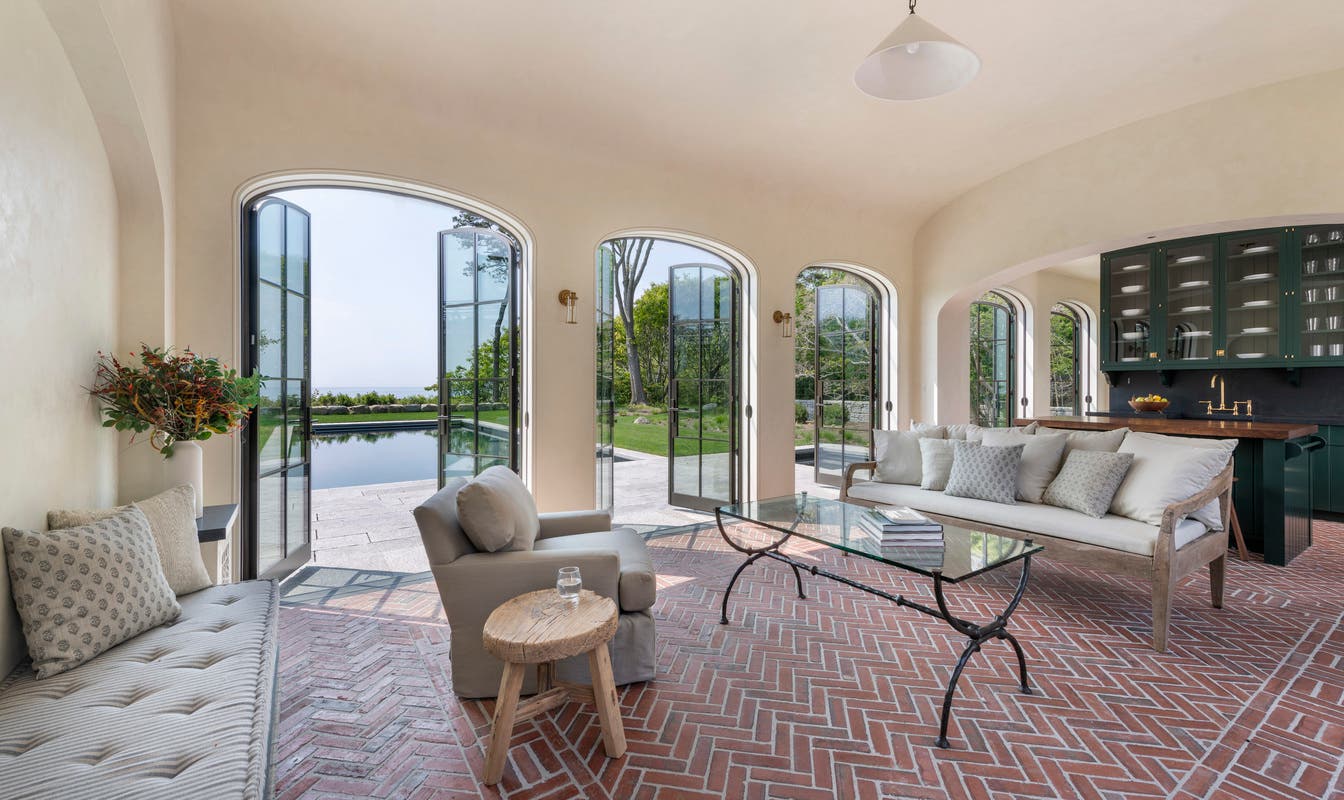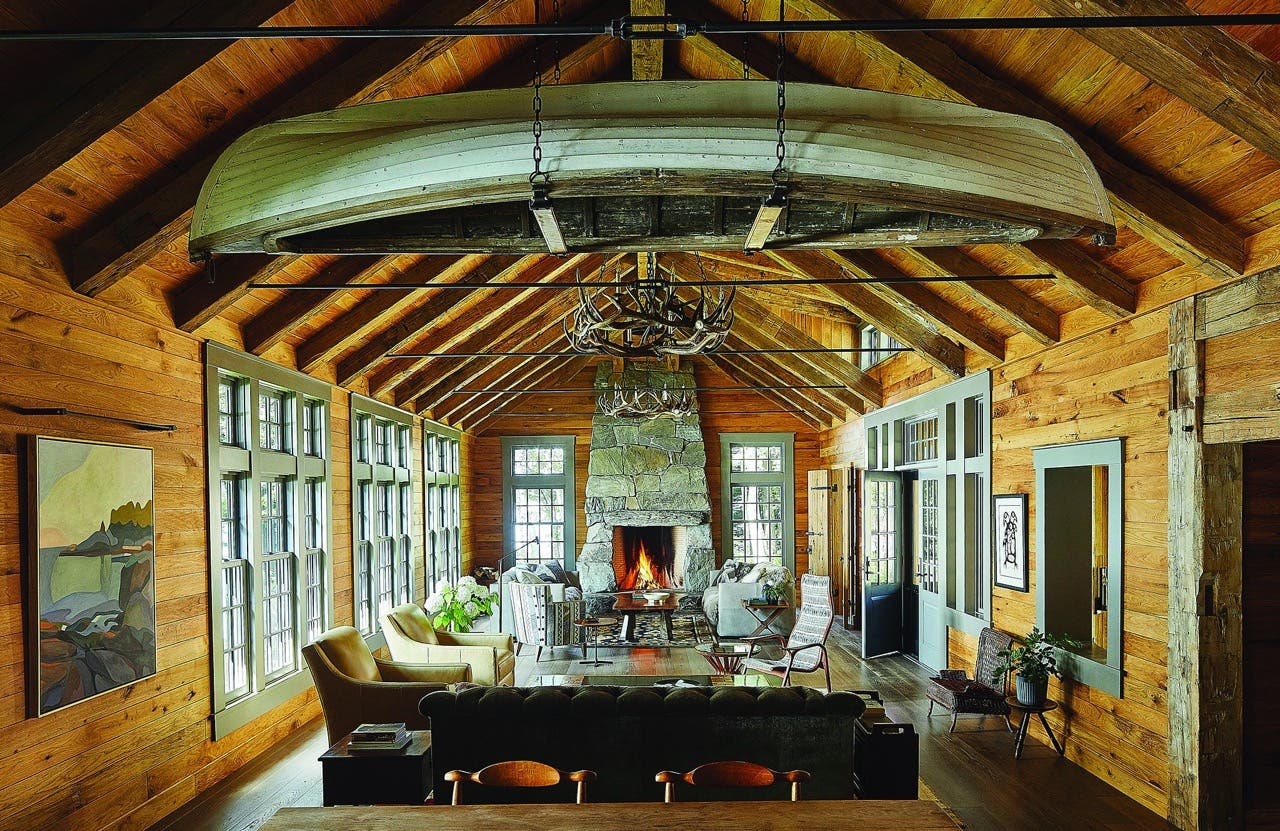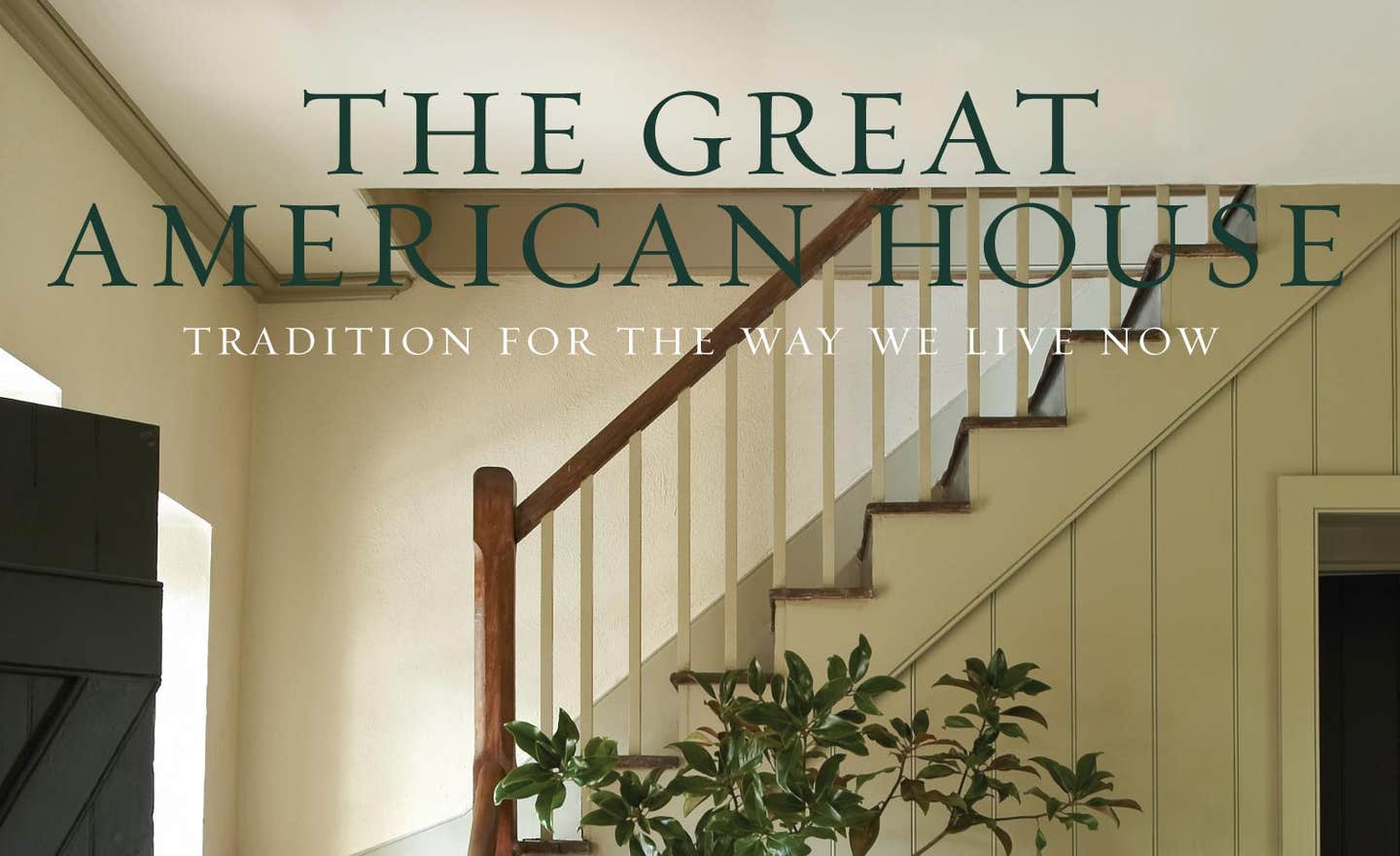
Features
The Great American House
The Great American House: Tradition for the Way We Live Now
by Gil Schafer III
Rizzoli International Publications, New York, NY; 2012
256 pages; hardcover; 250 full-cover photographs; $55
ISBN: 978-0-8478-3872-1
Reviewed by Will Holloway
As an Amazon Associate, we earn from qualifying purchases made through affiliate links.
The goal of Period Homes' Palladio Awards program is to recognize designers “whose work enhances the beauty and humane qualities of the built environment through creative interpretation or adaptation of design principles developed through 2,500 years of Western architectural tradition.” Fittingly, this is also an apt description for G. P. Schafer Architect (www.gpschafer.com). Since the program was inaugurated in 2002, the New York City firm led by Gil Schafer has been recognized three times – for a new Greek Revival house in New York’s Dutchess County, the renovation of a townhouse apartment in New York City, and most recently, a new farmhouse in the Hudson Valley.
Now, with the release of Schafer’s first book, The Great American House: Tradition for the Way We Live Now, architects and homeowners alike are fortunate to get a first-hand, personal look at Schafer’s process in designing restorations, renovations and traditionally-inspired homes.
In the first part of the book, Schafer walks readers through his approach to architecture, decoration and landscapes. Areas of focus range from rethinking floor plans to contemporizing classic residences and creating fluent connections between informal and formal spaces to thinking like a decorator and creating “outdoor rooms.”
To illustrate his method, Schafer presents four case studies in the second half of the book. Each has a story – and each contains nuggets of insight that will resonate with any designer inspired by traditional design, and maybe even with some of those working outside the genre. This reads like a candid, intimate, pleasant conversation about Schafer’s process, from how to orient a house all the way down to the smallest details.
In designing the Palladio Award-winning Middlefield, Schafer set out to create a classic 19th-century Greek Revival farmhouse: “…I was able to combine architecture, interior design, and landscaping in a way that feels inevitable, as though the house has always been, and belonged, where it is.”
With Longfield, a new fieldstone farmhouse, we are reminded of the importance of creating a narrative of how a house evolved over time. “If you can imagine a credible backstory about the house’s history – how it was built and lived in and what stylistic changes were made as the residence expanded – the outcome can be as complete and convincing as any well-told tale,” Schafer writes. “All the details will contribute to the success of the whole; nothing will seem forced, inappropriate, or out of character.”
In discussing the renovation of Charles Platt’s 1915 Boxwood in Nashville, TN, Schafer offers his response to the “Why contemporize a classic?” question. And with Gatewood, Schafer walks readers through his faithful restoration of the 1843 Greek Revival in Charleston, SC.
All told, this is an important addition to any architectural library, as well as the coffee table, kitchen counter and office desk. Perhaps these lessons in, as Schafer writes, “…traditional architecture and its contemporary possibilities: the ways in which historic models could be reimagined for the way we live now…” have been taught as well in other books. I just haven’t seen them.

